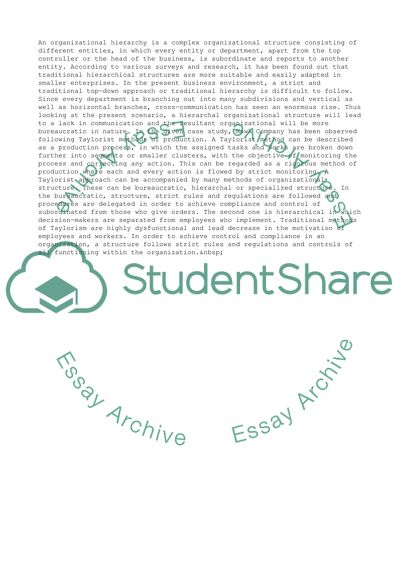Cite this document
(Organisations and Behaviour: Structure and Taylorist Methods and Assignment, n.d.)
Organisations and Behaviour: Structure and Taylorist Methods and Assignment. Retrieved from https://studentshare.org/management/1481861-organisations-and-behaviour
Organisations and Behaviour: Structure and Taylorist Methods and Assignment. Retrieved from https://studentshare.org/management/1481861-organisations-and-behaviour
(Organisations and Behaviour: Structure and Taylorist Methods and Assignment)
Organisations and Behaviour: Structure and Taylorist Methods and Assignment. https://studentshare.org/management/1481861-organisations-and-behaviour.
Organisations and Behaviour: Structure and Taylorist Methods and Assignment. https://studentshare.org/management/1481861-organisations-and-behaviour.
“Organisations and Behaviour: Structure and Taylorist Methods and Assignment”, n.d. https://studentshare.org/management/1481861-organisations-and-behaviour.


